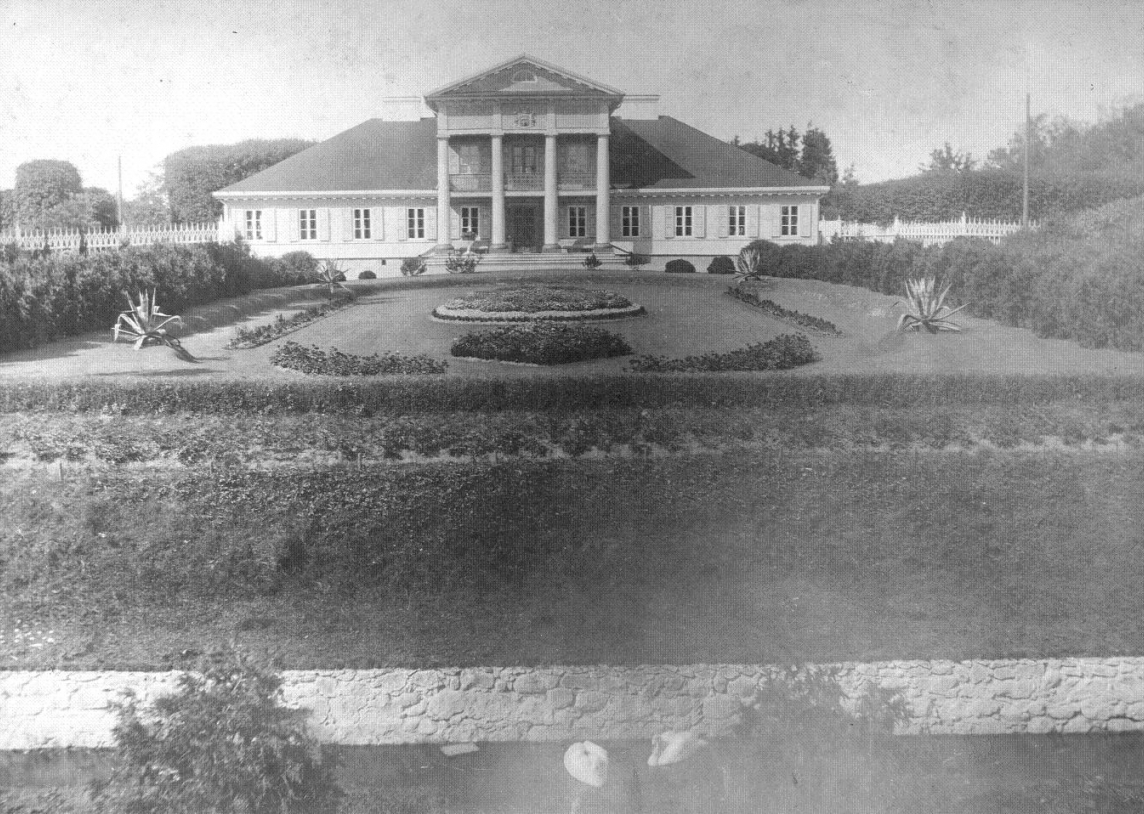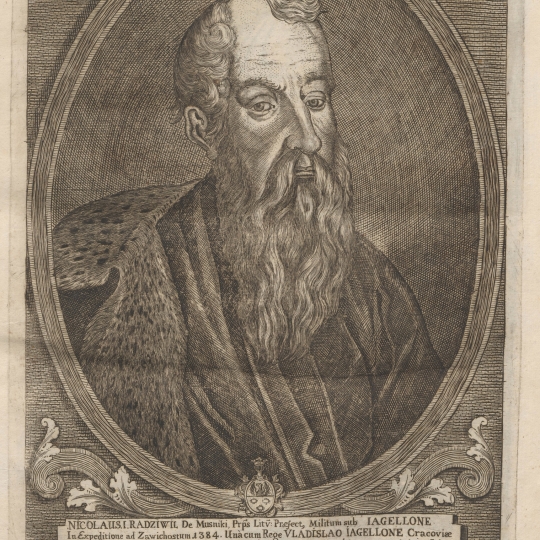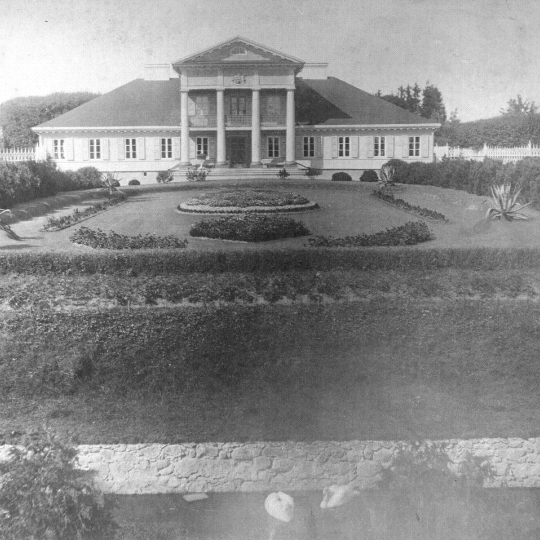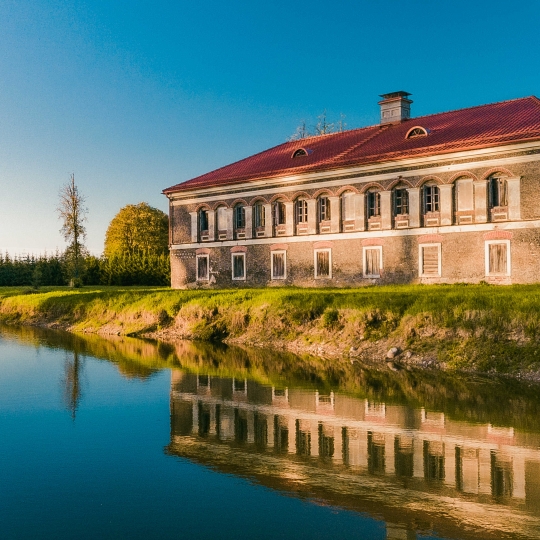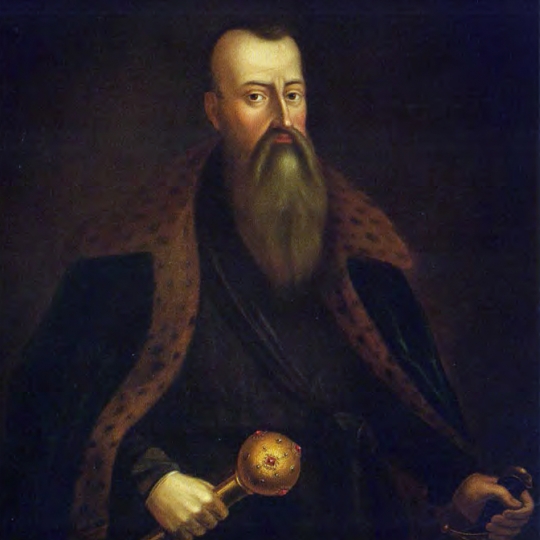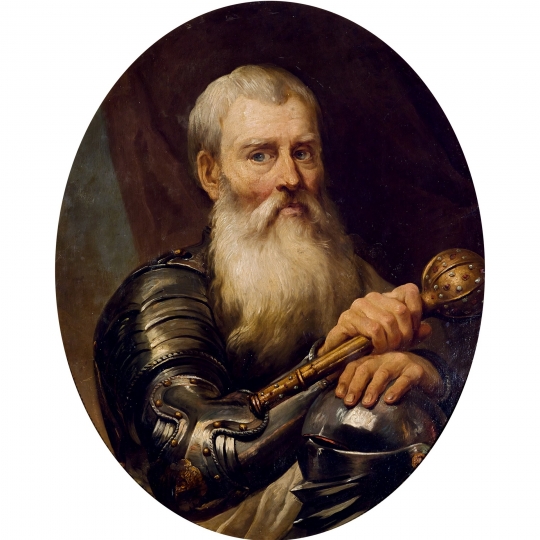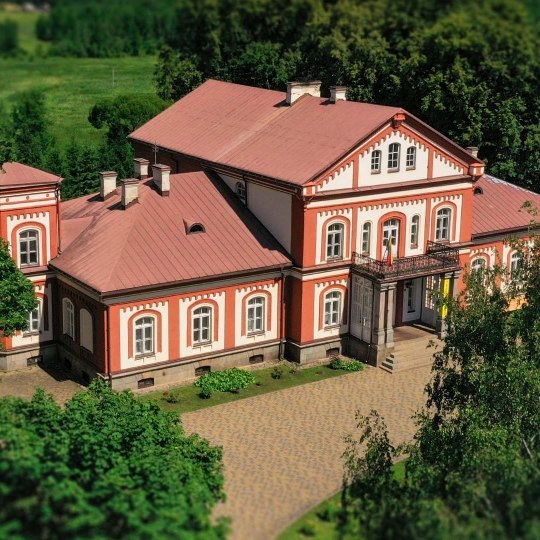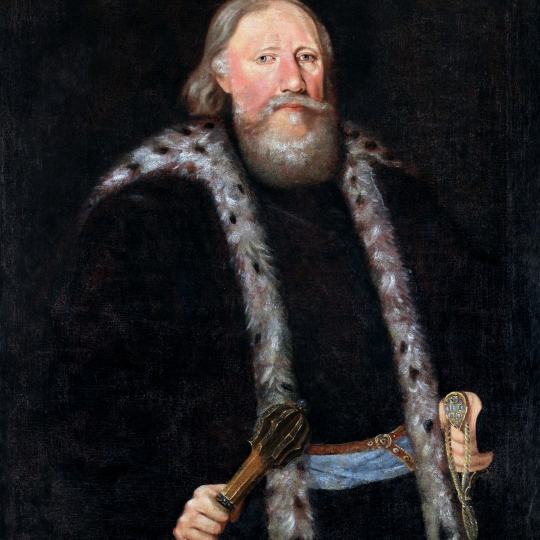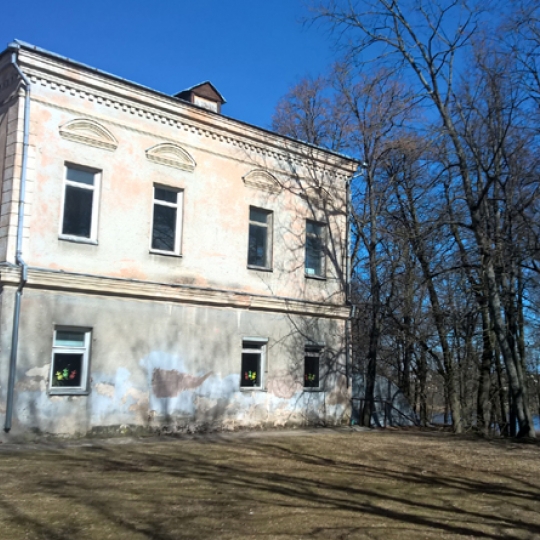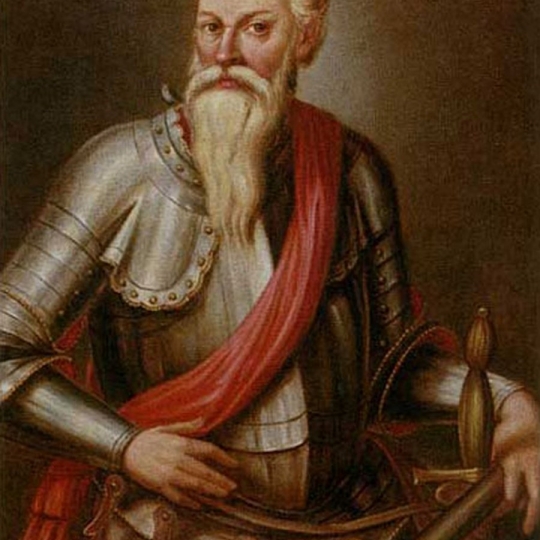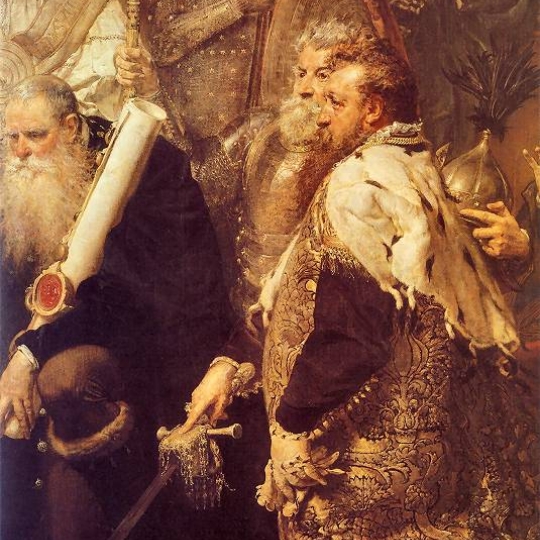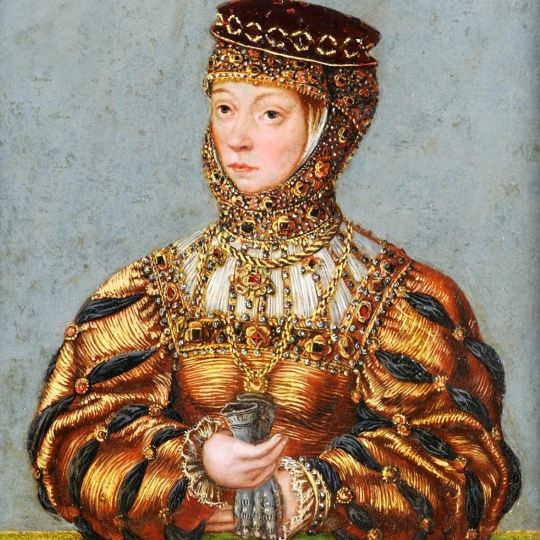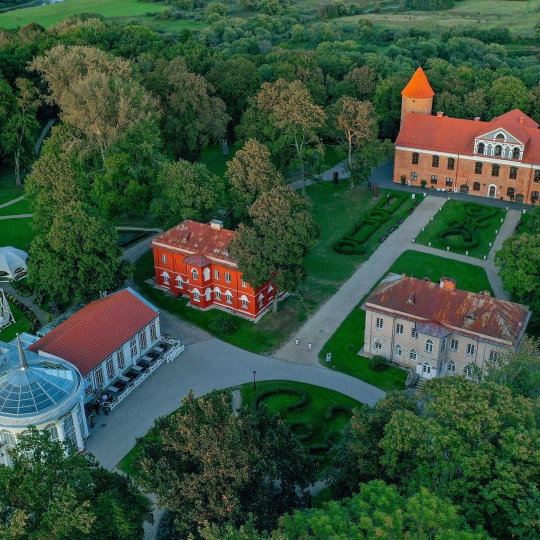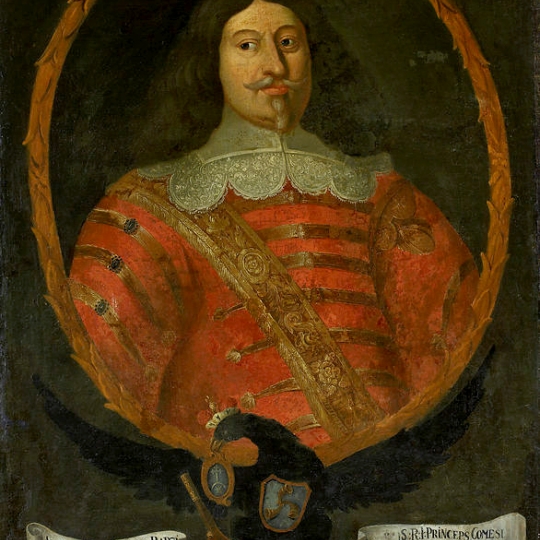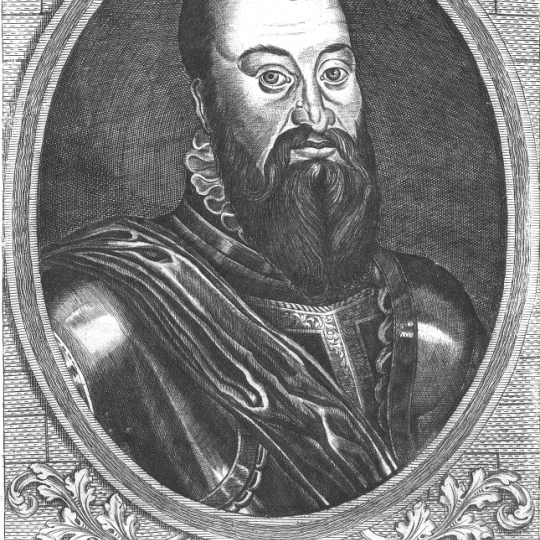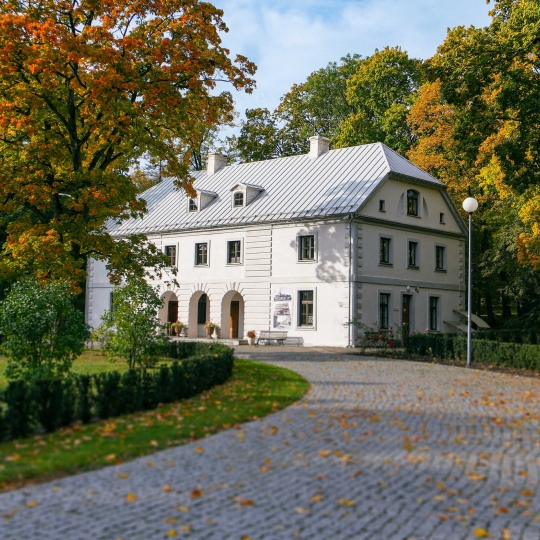Articles
Visiting Lithuanian manors in the footsteps of the noble Radvila family
2020 08 04The Radvila family is the only family of Lithuanian nobles whose representatives held the title of dukes of the Holy Roman Empire. In 1515, Emperor Maximilian I granted the Chancellor of Lithuania Mikalojus Radvila II (1470–1521), the first of the Radvila family, the title of Duke of the Holy Roman Empire. In 1547, Emperor Charles V awarded this title to cousins MikalojusRadvila the Black and MikalojusRadvila the Red for their merits in the battles against the Orthodox and Tatars. Powerful rulers of large areas of land, manors, and cities, these nobles were the only private individuals whose estates formed a separate jurisdiction even within Vilnius.The ancestors of the Radvila family were the Astikas family, the nobles of the Grand Duchy of Lithuania, whose origins trace back to the family of the Grand Duke of Lithuania Gediminas.
We invite you to travel a little in the footsteps of the noble Radvila family visiting the Lithuanian manors ruled by the members of this prominent family.
The dominions of the ancestors of the Radvila family in Eastern Lithuania - Pienionys, Bikuškis, Alanta
Kristinas (Kristupas) Astikas (1363–1443 m.), a Castellan of Vilnius in 1419–1442, is considered to be the ancestor of the Radvila family, the father of the Astikas-Radvila branch. At the beginning of the 15th century, he was the Vicegerent of Pienioniai county and the manager of Pienioniai Manor in Anykščiai district. One of Kristinas Astikas’s sons was Radvila Astikaitis (died in 1477), an influential figure of the 15th century Lithuanian, the Grand Marshal of Lithuania, the Voivod of Trakai, and the Castellan of Vilnius. After the death of his father, he was the deputy of Pienioniai for as many as 35 years, from 1442 to 1477.
Among the many manors managed by the nobleman Radvila Astikaitis was the Bikuškis Manor in Utena district, which has been mentioned in written sources since the 14th century. Located in the picturesque landscape of Aukštaitija, the historical buildings and the environment are well kept to this day.
Kristinas Astikas also owned Alanta Manor in the Molėtai district, which he transferred to his wife Ona in 1436, a few years before his death. Later, in 1598, Kristupas Radvila Perkūnas (1547–1603), one of the sons of Mikalojus Radvila the Red, a Hetman of the Grand Duchy of Lithuania, bought the Alanta eldership and the manor from the commander of the Hungarian army in Lithuania Gabrielius Bekešas and Mrs. Sanguškienė. The Alanta Manor was ruled by Radvila family for about 230 years, from 1598 to 1828, when the manor was acquired by Tadeusz Pac-Pomarnacki.
The manors of Radvila family near Vilnius - Buivydiškės, Čiobiškis, Liubavas...
Mikalojus Radvila, the son of Radvila Astikaitis, was one of the first Lithuanians to change his father’s name to a surname. On the second half of the 15th century - the first half of the 16th century, Mikalojus Radvila or Mikalojus Radvila the Old (after 1450–1509), the Voivod of Vilnius, Castellan of Trakai, and Chancellor of Lithuania, bought Buivydiškės Manor and Buivydiškės became a suburban villa of the Radvila family for a long time.
The three sons of Mikalojus Radvila the Old - Jonas Radvila I (1474–1522), Jurgis Radvila (1480–1541), Mikalojus Radvila II (1470–1521) - became the pioneers of three main lines of the Radvila family: Nesvizh-Olyka; Biržai-Dubingiai and Goniondzo-Medilo.
The Buivydiškės Manor passed to the son of Jonas Radvila, the Chancellor of Lithuania and the Voivod of Vilnius, Duke Mikalojus Radvila the Black (1515–1565). Radvila the Black was the most influential initiator and leader of the GDL Reformation, the founder of the Protestant Church, and it was thanks to him that the Protestant tradition took root in Lithuania. However, all the sons of this nobleman returned to Catholicism. The Buivydiškės estate eventually passed to one of them, the son of Radvila the Black, Duke Jurgis Radvila (1556–1600), a cardinal, the bishop of Vilnius and later Krakow. In 1681, the manor was leased to the Jesuit monks. The last manager of the manor from the Radvila family was Dominykas Jeronimas Radvila (1786–1813). The Buivydiškės Manor belonged to the Radvila family until 1790.
In around 1528, Čiobiškis Manor was mentioned in the inventory of the estates of Jurgis Radvila, the Castellan of Vilnius, the son of MikalojusRadvila. Jurgis Radvila, who held the position of a Cup-bearer, the Great Hetman of the Grand Duchy of Lithuania, had the following children: his son Radvila the Red and his daughters Ona and Barbora (1520–1551), who became the sweetheart of the Duke Žygimantas Augustas. The manor belonged to Jurgis Radvila for several years. Later, the lands of Čiobiškis went from hand to hand for quite a long time.
The Duke Mikalojus Radvila the Red (1512–1584), the son of Jurgis Radvila, took over the management of Liubavas Manor near Vilnius on the second half of the 16th century, taking over this estate from the Duke Žygimantas Augustas, the sweetheart and husband of his sister BarboraRadvilaitė. Liubavas, located in a convenient place for the nobleman, on the way to Dubingiai, was exchanged for Rokantiškės. The Grand Hetman and Chancellor of Lithuania and the Voivod of Vilnius, Duke MikalojusRadvila the Red expanded and ruled the manor until 1577, when he sold it to the nobleman Kaspars Golejevskis for 2,000 pieces of Lithuanian long currency. Radvila the Red, often called the unofficial ruler of Lithuania, was a famous soldier (in the Battle of Ula in 1564 his army defeated the Russian forces, five times greater in numbers), a propagator of the Reformation, a politician - one of his supposed phrases was uttered on 26 January 1569, after the Seimas refused to sign the Act of the Lublin Union: "Nobody could have given us as a present, because we are free people...”. There is even a literary epic about Radvila the Red - “Radviliada” (by the poet Jonas Radvanas), which is also the most outstanding work from the period of Lithuanian Renaissance in Latin. It describes the life of a nobleman from his birth to death.
For a time, Radvila was also the manager of the Nemėžis Manor in the Vilnius district, which belonged to the Vilnius municipality.
Manors managed by the members of the Radvila family in Central and Western Lithuania
Raudondvaris Manor in Kaunas district once belonged to the most famous woman of the Radvila family - Barbora Radvilaitė (1520–1551). However, it was only for a few years, from 1549, when her husband Žygimantas Augustas transferred the estate to her, to her death in 1551. Then, for one century, it belonged to the descendants of the Dzevaltovskis family, in 1652, the Raudondvaris Manor returned to the hands of Radvila family, as it was owned by Jonušas Radvila (1612–1655), and later Boguslav Radvila (1620–1669), the Governor of Prussia and Lithuanian horseman.
Another estate of the Radvila family was the Jurbarkas Manor, it belonged to Aleksandras Liudvikas Radvila (1594–1654), the Voivod of Polotsk, and later to Jonas Mikalojus Radvila (1681–1729), the Voivod of Novgorod.
The power and significance of the noble Radvila family, who were the most influential state figures in the time of the Grand Duchy of Lithuania, inevitably vanished in the long run, starting with the end of the Republic of the Two Nations, but the memory of them is still vivid today.
For those who want to visit the former estates of the noble Radvila family in Lithuania not only virtually, we offer a route by car: “Visiting Lithuanian manors in the footsteps of the noble Radvila family“: https://www.lietuvos.dvarai.lt/route/.
